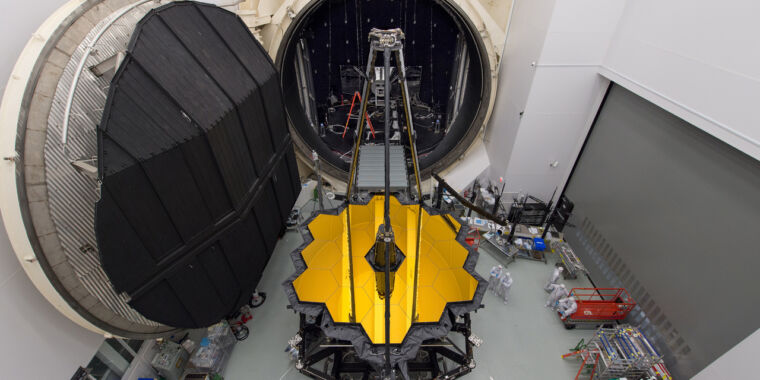Eminent Officials Say NASA Facilities Some Of The “Worst” They've Ever Seen
 More details: See here
More details: See here"NASA's problem is it always seems to have $3 billion more program than it has of funds," said Norm Augustine, chair of the National Academies panel chartered to examine the critical facilities, workforce, and technology needed to achieve NASA's long-term strategic goals and objectives. Augustine said a similar statement could sum up two previous high-level reviews of NASA's space programs that he chaired in 1990 and 2009. But the report released Tuesday put NASA's predicament in stark terms.
Around 83 percent of NASA's facilities are beyond their design lifetimes , and the agency has a $3.3 billion backlog in maintenance. When you consider NASA's $250 million estimate for normal year-to-year maintenance, it would take a $600 million uptick in NASA's annual budget for infrastructure repairs to catch up on the backlog within the next 10 years.
To members of Congress or the White House, backing a new NASA mission to the Moon or a space telescope to probe the deepest reaches of the Universe is often more attractive than investing in facility maintenance. The former initiatives grab headlines and create jobs. Most of NASA's facilities across the country are rated "marginal to poor" in condition, according to a presentation to the National Academies last year by Erik Weiser, NASA's director of facilities and real estate.
"In NASA's case, the not-uncommon tendency in a constrained budget environment to prioritize initiating new missions as opposed to maintaining and upgrading existing support assets has produced an infrastructure that would not be viewed as acceptable under most industrial standards," the panel wrote in its report. "In fact, during its inspection tours, the committee saw some of the worst facilities many of its members have ever seen."
NASA is dealing with these infrastructure shortfalls as the agency pursues the most challenging missions in its 66-year history.
"Viewed in terms of both the architectural complexity and the technical complexity, NASA today—for example, in the Artemis program to land on the Moon a few years from now—is taking on challenges that far surpass anything that was faced in the Apollo program," Augustine said.
Comments
Post a Comment